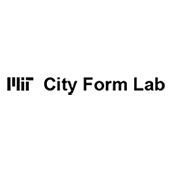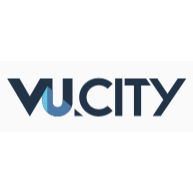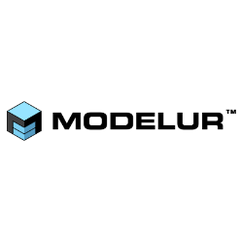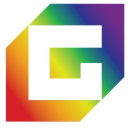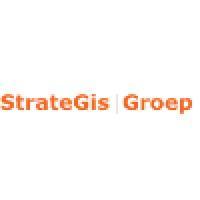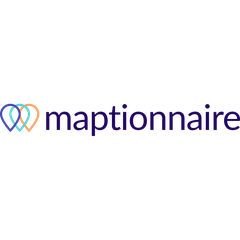
Maptionnaire
Designed for city planners and adaptable to various sectors, this community engagement platform streamlines the collection of local insights through intuitive map-based tools. With over 25 million responses gathered, it empowers organizations to make informed GIS-backed decisions and enhances collaboration on participatory projects with citizens and stakeholders globally.
Top Maptionnaire Alternatives
Urban Network Analysis Toolbox for ArcGIS
The Urban Network Analysis Toolbox for ArcGIS empowers urban designers and planners by providing advanced tools for analyzing spatial networks.
CityCAD
Designed specifically for urban planners, CityCAD simplifies 3D urban modeling by employing established building types and urban typologies.
UrbanSim
UrbanSim is an urban planning software designed to predict development patterns and analyze the impacts of land use regulations and transportation investments.
Hektar
Hektar is an innovative urban planning software designed to streamline early-stage project development.
VU.CITY
Urban planning becomes seamless with this innovative software, enabling users to visualize and analyze data efficiently.
Modelur
Modelur is an innovative urban planning software that integrates seamlessly with SketchUp, allowing architects and urban designers to explore diverse design scenarios.
Replica
This urban planning software aggregates over a dozen datasets and 50+ metrics across transportation, economic...
3D Cityplanner
Users can effortlessly design and analyze urban environments using AI-driven generation features and extensive datasets...
GREENPASS
By providing robust climate risk assessments and tailored mitigation strategies, it facilitates informed decision-making for...
Top Maptionnaire Features
- Map-based questionnaire design
- Real-time data collection
- GIS-backed decision making
- User-friendly interface
- Multi-language support
- Customizable survey templates
- Community feedback integration
- Interactive mapping tools
- Comprehensive data analysis
- Stakeholder collaboration features
- Visual reporting tools
- Mobile-friendly access
- Project management tools
- Public engagement tracking
- Enhanced participatory budgeting
- Demographic insights gathering
- Cross-industry adaptability
- Historical data comparison
- Social media integration
- Secure data handling.
